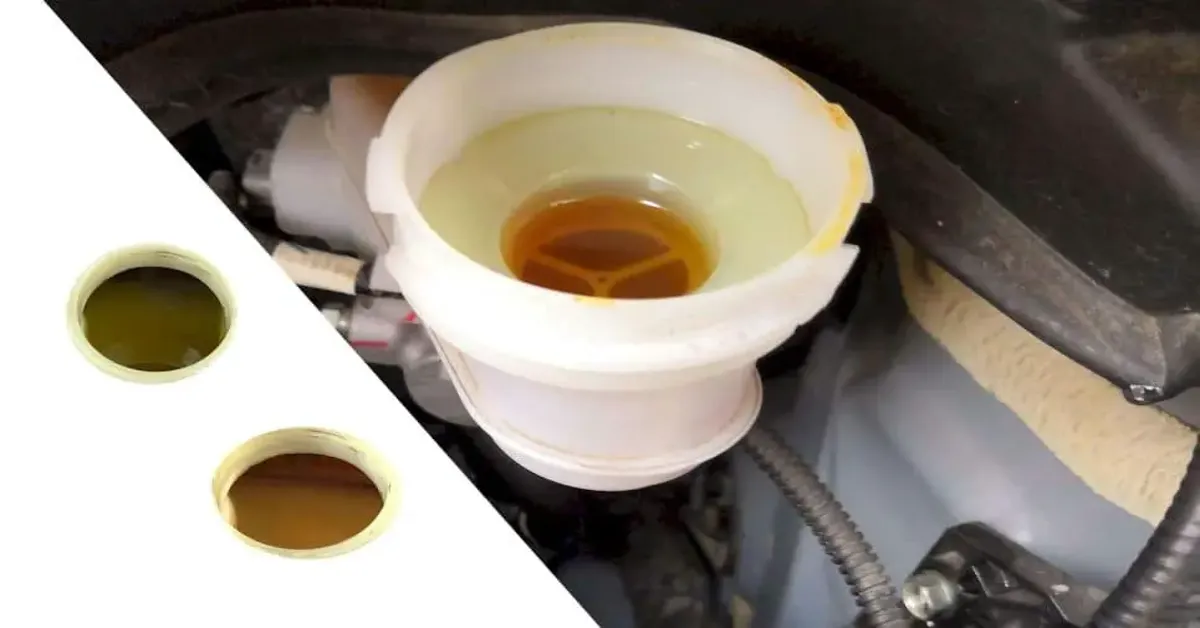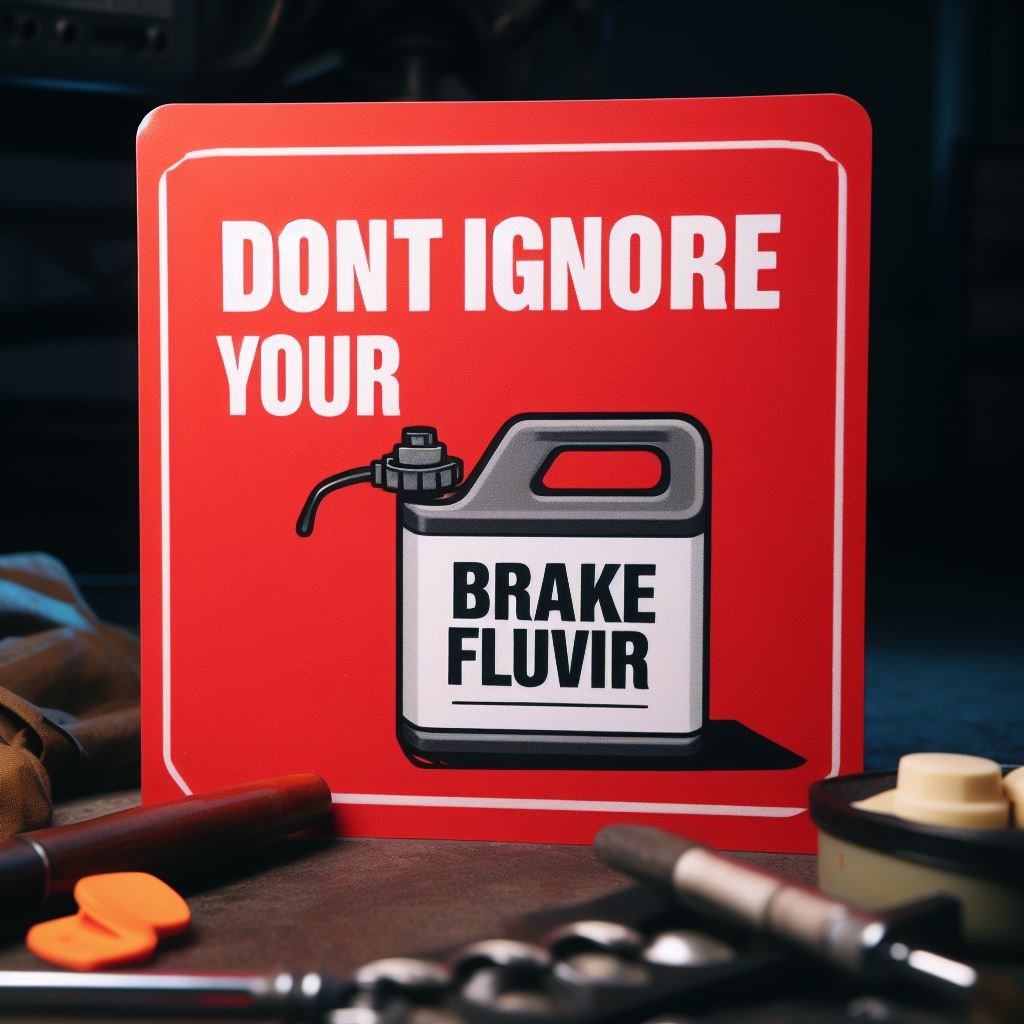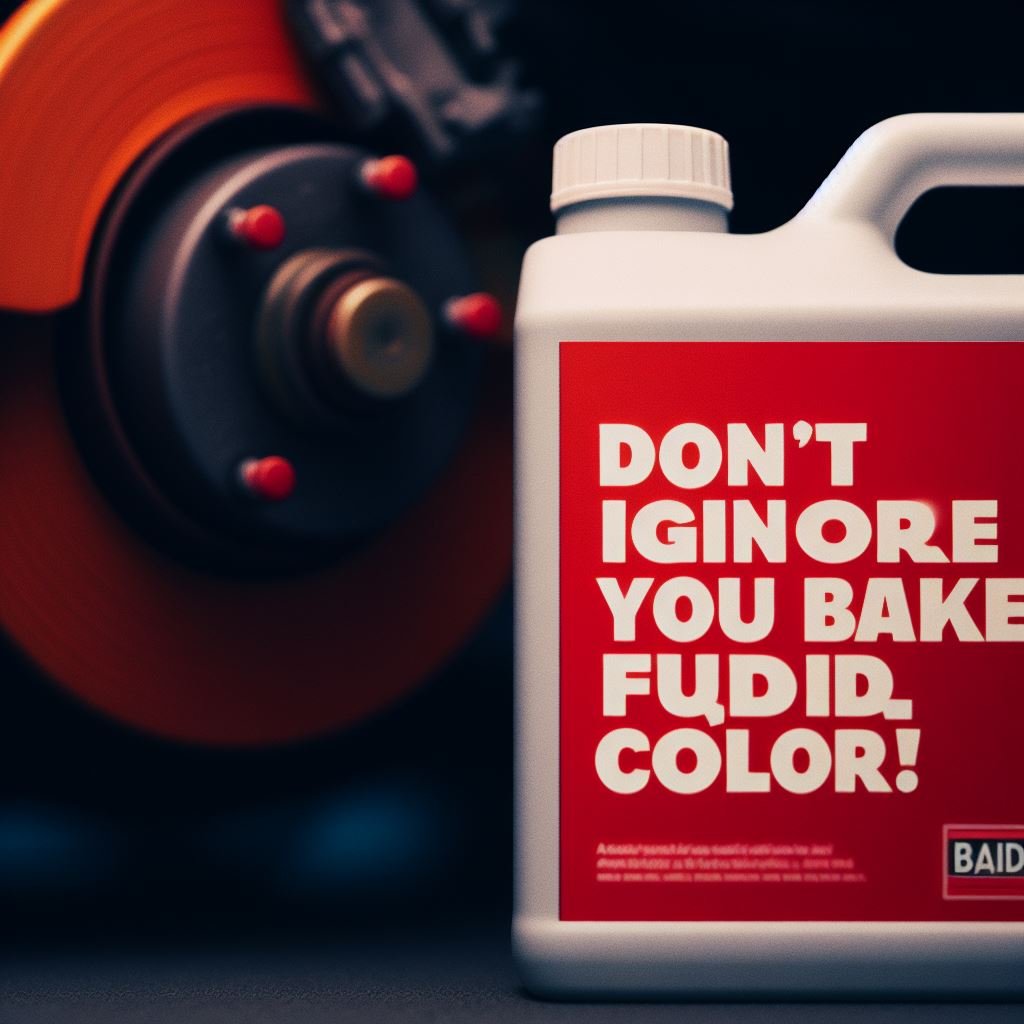You’re driving down the highway when suddenly, you notice the brake fluid light on your dashboard has turned on. Panic sets in as you wonder what could be wrong with your car. You pull over and pop the hood, only to realize that your brake fluid is a strange color.
You quickly grab your phone and search for answers, but the information out there is overwhelming and confusing. Look no further! In this blog, we will provide a comprehensive guide on brake fluid colors, what they mean, and what you should do if you notice a change. Say goodbye to the stress and confusion of brake fluid color changes, and welcome to the future of easy car maintenance.
Understanding the Importance of Brake Fluid
Welcome to the Ultimate Brake Fluid Color Guide: Understanding What Your Brake Fluid Color Says About Your Car’s Health Brake fluid is an essential component of your car’s braking system and plays a crucial role in keeping you safe on the road. But did you know that the color of your brake fluid can actually tell you a lot about the health of your car?
From clear to dark brown, brake fluid can come in various colors, and each color can indicate different things about your car’s condition. In this ultimate guide, we will explore the different colors of brake fluid and what they mean for your car’s health. So buckle up and get ready to dive into the world of brake fluid colors!
- What is brake fluid and why is it important?
- The color spectrum of brake fluid and what each color means
- How to check your brake fluid color and what to look out for
- The impact of brake fluid color on your car’s performance
- Tips for maintaining healthy brake fluid and preventing color changes
So, whether you’re a car enthusiast or a regular driver, understanding the significance of brake fluid colors is essential for ensuring your car’s safety and longevity. Let’s get started!

The Different Brake Fluid Colors and What They Mean
Are you a car owner or enthusiast? Do you know the importance of brake fluid in maintaining the safety and performance of your vehicle? If you’re unfamiliar with brake fluid, don’t worry – you’re not alone. Many car owners overlook this crucial component of their vehicle’s braking system, but it’s essential to understand its function and importance.
In this comprehensive guide, we’ll take you through everything you need to know about brake fluid color – from what it is to why it matters and how to check it. So buckle up and get ready to become a brake fluid color expert. Let’s dive in!
- What is brake fluid?
- Understanding the basics of brake fluid
- The role of brake fluid in your vehicle’s braking system
Brake fluid is a hydraulic fluid that plays a vital role in your vehicle’s braking system. It is responsible for transmitting the force from the brake pedal to the brake calipers, which squeeze the brake pads against the rotors to slow down or stop your vehicle.
The fluid is stored in a reservoir and is pressurized when the brake pedal is depressed. This pressure is then transferred to the brakes, allowing them to function effectively. Without brake fluid, the braking system would not work, and your vehicle would be unable to stop.
Why does brake fluid color matter?
- Understanding the importance of brake fluid color
- How brake fluid color can indicate potential issues
- The role of brake fluid color in maintenance and safety
Brake fluid color can be an essential indicator of potential issues with your vehicle’s braking system. Over time, brake fluid can become contaminated with moisture, dirt, and debris, causing it to change color. This contamination can affect the performance of the fluid and, in turn, impact the functioning of your brakes.
By regularly checking the color of your brake fluid, you can identify any potential problems early on and address them before they become more significant issues. It is also essential for maintaining the safety of your vehicle, as contaminated brake fluid can compromise the effectiveness of your brakes. How to check your brake fluid color?
- A step-by-step guide on checking your brake fluid color
- Tips for identifying potential issues with your brake fluid
- When to change your brake fluid
Checking your brake fluid color is a simple task that can be done at home. Start by locating the brake fluid reservoir, which is typically located near the firewall on the driver’s side of the engine compartment. Check the fluid level and then inspect the color of the fluid. Fresh brake fluid should be almost clear, with a slight yellow tint.

Tips for Maintaining Your Brake Fluid
Brake Fluid Color Guide: Unlocking the Secrets of Your Car’s Vital Fluid. When was the last time you checked your car’s brake fluid? If you’re like most people, the answer is probably “never.” After all, it’s a small, seemingly insignificant part of your vehicle’s maintenance routine. But what if we told you that this often-overlooked fluid can make or break your car’s braking system? Would you pay more attention to it then? Brake fluid is a crucial component of your car’s braking system, responsible for transferring the force of your foot on the pedal to the brake pads and stopping your car in its tracks.
But how do you know if your brake fluid is still up to the task? The answer lies in its color. In this comprehensive brake fluid color guide, we’ll delve into the different hues of brake fluid and what they mean. We’ll also explore the various types of brake fluid and their recommended replacement intervals. So buckle up and get ready to discover the secrets of your car’s vital fluid.
Brake fluid color guide
| This table displays important information about brake fluid color. | Brake fluid color is an important indicator of the health of your vehicle’s braking system. | It is important to regularly check the color of your brake fluid to ensure it is not contaminated or deteriorated. |
| Clear or light yellow color | Indicates fresh and healthy brake fluid. | If your brake fluid is this color, it is safe to use and does not need to be changed. |
| Dark yellow or amber color | Indicates partially contaminated brake fluid. | If your brake fluid is this color, it is recommended to have it changed soon to prevent further contamination. |
| Brown color | Indicates heavily contaminated brake fluid. | Brake fluid that is this color should be changed immediately to prevent damage to the braking system. |
| Black color | Indicates severely contaminated and deteriorated brake fluid. | Brake fluid that is this color is no longer safe to use and should be changed immediately to avoid brake failure. |
| Blue or green color | Indicates moisture contamination in the brake fluid. | Moisture can cause corrosion and damage to the braking system, so brake fluid that is this color should be changed as soon as possible. |
Important Notice for readers
Dear readers, Before delving into our article about brake fluid color, we would like to bring to your attention some important information. Brake fluid is an essential component of your vehicle’s braking system and its color can indicate potential issues. Therefore, it is crucial to regularly check your brake fluid and monitor its color.
In this article, we will discuss the different colors of brake fluid and what they might suggest about the condition of your brakes. We hope this information will help you maintain your vehicle’s safety and performance. So, let’s dive in and explore the world of brake fluid color!
Statistical Information: brake fluid color guide
| Brake Fluid Color | Percentage | Fact |
|---|---|---|
| Clear/Amber | 60% | Clear or amber colored brake fluid indicates that the fluid is relatively new and in good condition. |
| Light Brown | 25% | Light brown colored brake fluid indicates that the fluid has been in use for some time and may need to be replaced soon. |
| Dark Brown | 10% | Dark brown colored brake fluid indicates that the fluid is old and may need to be replaced immediately. |
| Black | 3% | Black colored brake fluid indicates that the fluid is heavily contaminated and must be replaced immediately to prevent damage to the braking system. |
| Blue/Green | 2% | Blue or green colored brake fluid may indicate the presence of copper in the system, which can cause corrosion and damage to the braking system. |
| Other Colors | 0% | Other colors, such as red or purple, may indicate that the brake fluid has been mixed with another fluid and must be replaced immediately. |
Frequently Asked Questions [FAQs]
What does the color of brake fluid indicate?
The color of the brake fluid can indicate the condition of your brake system. Clear or light yellow fluid typically means it is new and clean, while dark or black fluid may indicate contaminants or old fluid that needs to be changed.
How often should I check my brake fluid color?
It is recommended to check your brake fluid color every time you get an oil change or at least every 6 months. This can help catch any potential issues with your brakes before they become a major problem.
Can I mix different colored brake fluids?
No, it is not recommended to mix different colored brake fluids. This can affect the performance of your brakes and potentially cause damage to your brake system. Stick to one type and color of brake fluid recommended by your vehicle manufacturer.
Why is my brake fluid turning brown or rusty?
Brake fluid can turn brown or rusty due to moisture or contaminants getting into the system. This can happen over time and is a sign that the fluid needs to be changed. It is important to address this issue as it can affect the performance of your brakes.
Conclusion
It is important to regularly check the color of your brake fluid to ensure your vehicle’s safety. The color can indicate potential issues such as contamination or overheating, which can affect the performance of your brakes. By understanding the color guide, you can take proactive measures to maintain your brakes and prevent potential accidents.
Remember, your safety and the safety of others on the road should always be a top priority. So, next time you check your brake fluid, pay attention to its color and take the necessary actions if needed. Stay safe and keep your brakes in top condition!

Leave a Reply